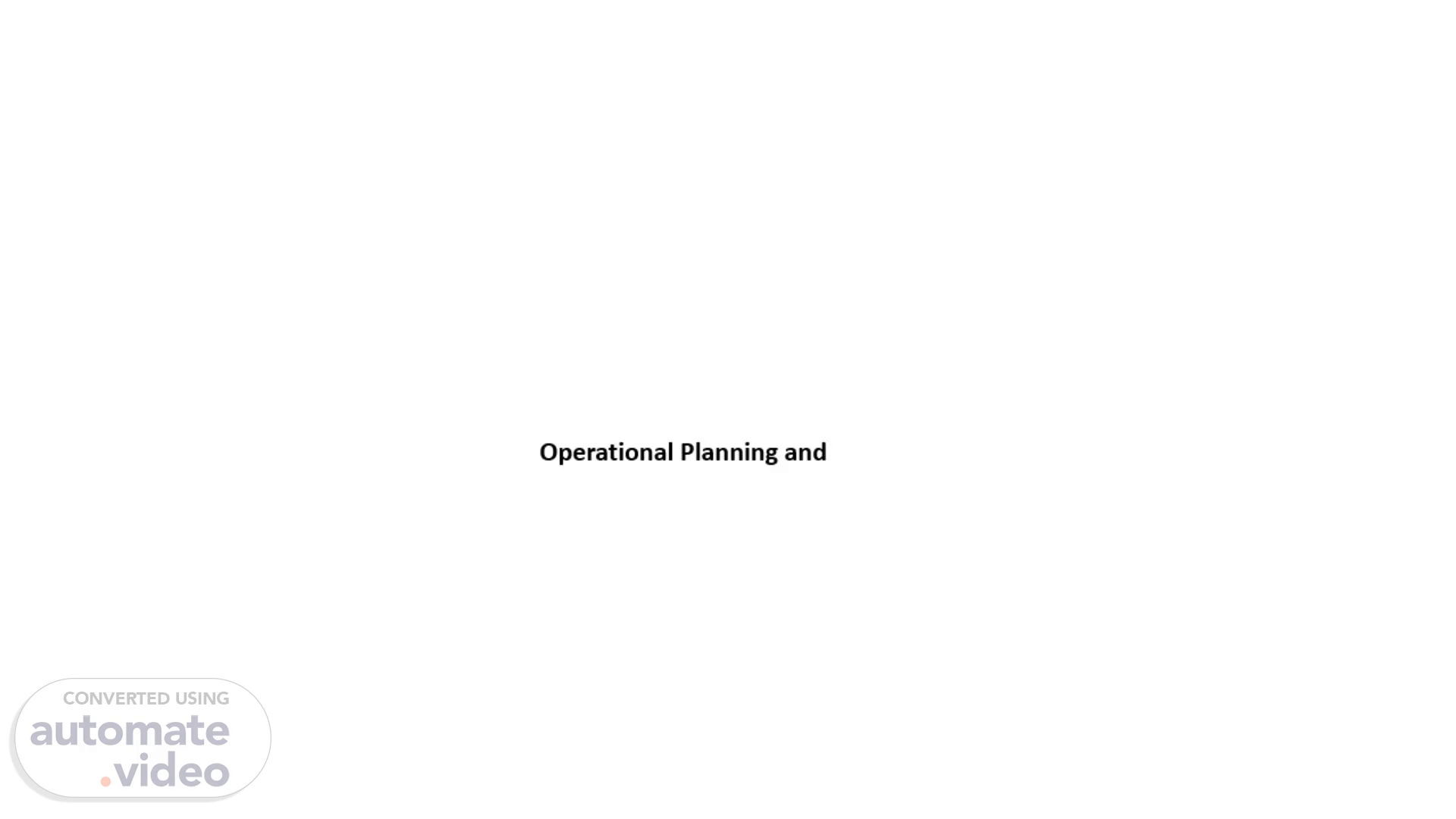Scene 1 (0s)
Operational Planning and Control.
Scene 2 (6s)
What is operationl planning?. A a critical process that translates strategic goals into actionable, day-to-day activities to ensure the effective execution of processes and meet quality objectives..
Scene 3 (17s)
The purpose of training within the context of ISO 9001:2015 Clause 8 is to ensure that all personnel involved in production and service provision are equipped with the necessary skills and knowledge. This enables them to perform their tasks effectively, contributing to the consistent delivery of high-quality products and services that meet both customer expectations and regulatory requirements..
Scene 4 (35s)
How an organization performs Operational Planning and Control? What are Requirements for Products and Services? How Design and Development Planning carried out? How Design and Development, Outputs, and Changes controlled? How Control of Externally Provided Processes, Products, and Services are achieved? How Control of Production and Service Provision ensured? How Control of Nonconforming Outputs is ensured? How to ensure that Operating the QMS is always monitored?.
Scene 5 (54s)
Operational Planning and Control [Clause 8.1]. Organization should ensure that the organization plans, implements, and controls the processes needed to deliver products and services that meet customer and regulatory requirements Define clear operational objectives and plans aligned with quality policies. Establish processes to ensure the effective implementation of these plans. Implement controls to monitor, measure, and adjust processes as needed. Use documented information to document the planning and control activities Example: A manufacturing company creates a production schedule based on customer orders, ensuring that materials, equipment, and labor are available to meet production deadlines while adhering to quality standards.
Scene 6 (1m 22s)
Requirements for Products and Services [Clause 8.2].
Scene 7 (1m 51s)
Design and Development of Planning and Inputs [Clause 8.3].
Scene 8 (2m 18s)
Design and Development Controls, Outputs, and Changes [Clause 8.3].
Scene 9 (2m 48s)
Control of Externally Provided Processes, Products, and Services [Clause 8.4].
Scene 10 (3m 18s)
Control of Production and Service Provision [Clause 8.5].
Scene 11 (3m 43s)
Post-Delivery Activities [Clauses 8.5 and 8.6]. To ensure that post-delivery activities (e.g., warranty, maintenance, or servicing) are managed effectively. Define and document post-delivery activities as part of the product or service lifecycle. Monitor and measure customer satisfaction after delivery. Provide support for products and services, such as technical assistance or spare parts. Collect feedback from customers to improve future products and services. Example: A tech company provides software updates, technical support, and a warranty for its products after they are sold to customers..
Scene 12 (4m 9s)
Control of Nonconforming Outputs [Clause 8.7]. To identify, document, and manage nonconforming products or services to prevent their unintended delivery to customers. Establish a process for identifying and documenting nonconformities. Analyze the cause of nonconformities and implement corrective actions. Ensure that nonconforming products are segregated and clearly marked to prevent their use or delivery. Develop a system for dealing with nonconformities, including repair, rework, or disposal. Example: A retail company identifies defective products during quality checks and isolates them from good products to prevent them from being shipped to customers..
